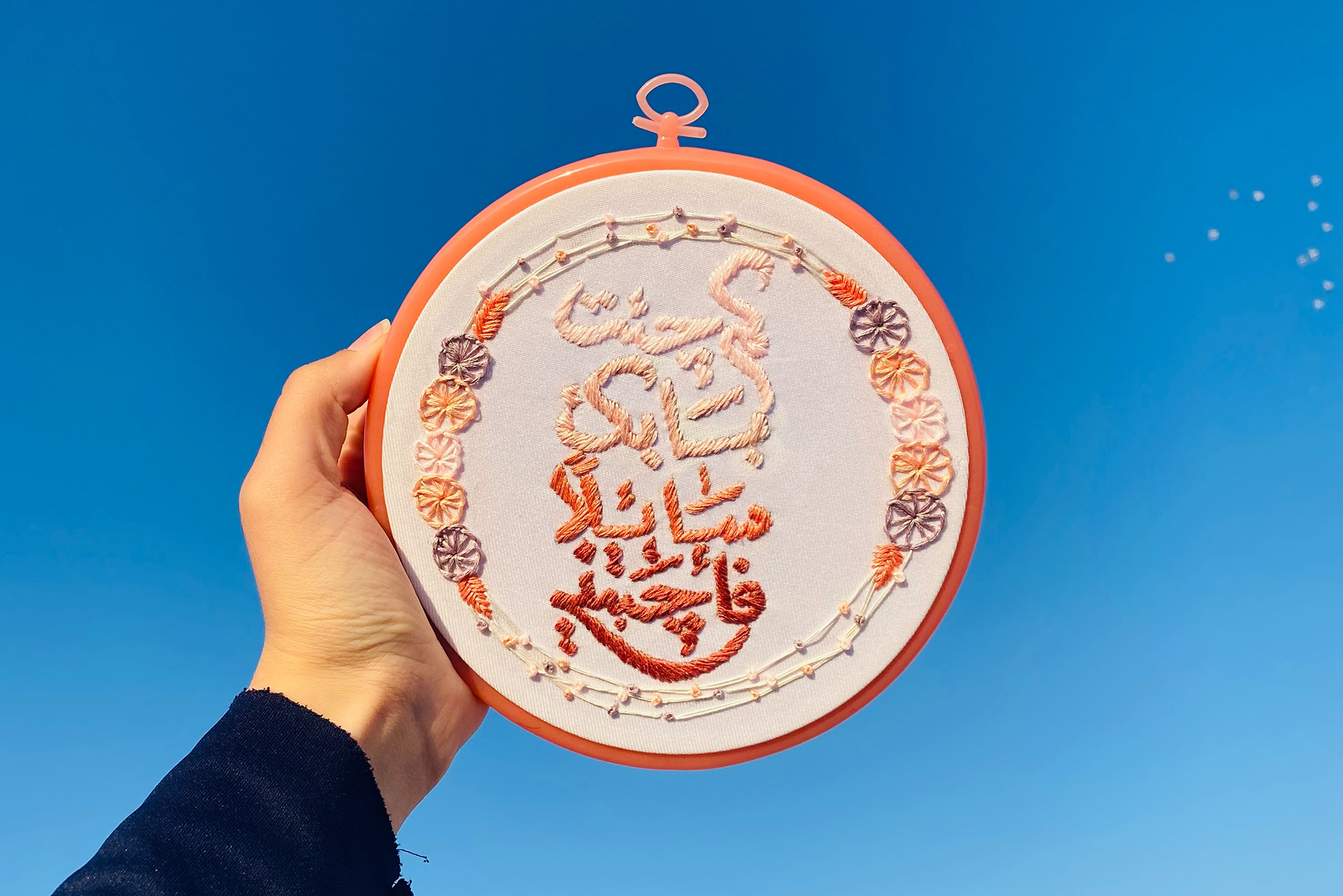
Admin
There are many decorating methods available when it comes to decorating your clothing!
Embroidery
While now modernized with high-speed, multi-head computerized embroidery machines, this style of decoration has its origins as far back as ancient Egypt, when all was done by hand. Essentially, embroidery is decorative stitching used on a garment with various types and colors of thread to produce an elevated, ornamental pattern.
Photo Stitch Designs
Photo stitch is an embroidery technique in which a photo is scanned by the decorator, entered into digitizing software, and then 'printed' on an embroidery computer. With this method, the stitches are typically very thick, so it is necessary to choose a fabric that can handle the stress. To build almost any style, picture stitches can be used, allowing for several colors as well. The finished piece is more like a painting or drawing and looks less like traditional embroidery.
Reverse Appliqué
Consider this to be the reverse of traditional appliqué. It's mounted underneath the cloth instead of placing a patch or pattern on top of the fabric. The fabric is then cut off above the appliqué, leaving a multi-dimensional look with the appliqué showing through.
Heat Transfer
Heat-transfer decorating is performed with high temperatures pressing on a garment, like dye sublimation, except with this approach, the printing is done on a transfer material that has heat-activated adhesive on one side. It goes into a heat press with the garment once the pattern is printed, and the high temperature enables the bond.
Screen Printing
A picture is divided into a series of single-color designs by screen printing. A mesh screen is placed over the cloth, and one color of ink is pulled down over the screen, allowing the ink to seep through in places determined by design on the material. Each color gets a new screen, and it repeats the process. For multicolor designs, screen printing can be a challenge. All the screens must be lined up at the correct location. Otherwise, one layer will be in the wrong position, and the whole picture will be ruined.
Laser Appliqué
Laser cutting can create design-specific applications in a short period with ease, versatility, and precision. Everything you'll need is a digital design file that, like a printer, can interact with the laser cutter. A laser will then perform a controlled burn of the cloth, searing the edges where the material should be removed. As a bonus, they can be coordinated to waste as little fabric as possible if you're cutting many appliqués at once.
Digital Heat Transfer
The digital heat seal transfer decoration technique uses regulated heat and pressure to bind graphics on a material's surface thermally. Your template is printed on a unique material designed to fuse with the garment instead of printing directly onto a cloth. One of the newest decorating capabilities available in the fashion world is digital conversion.
Dye Sublimation
This decoration style is limited in use, as it can usually only be done on 100% polyester clothes. It is a type of printing that uses heat-sensitive inks, turning the ink to gas and bonds with the fabric under high temperatures, becoming part of the garment's physical structure.
